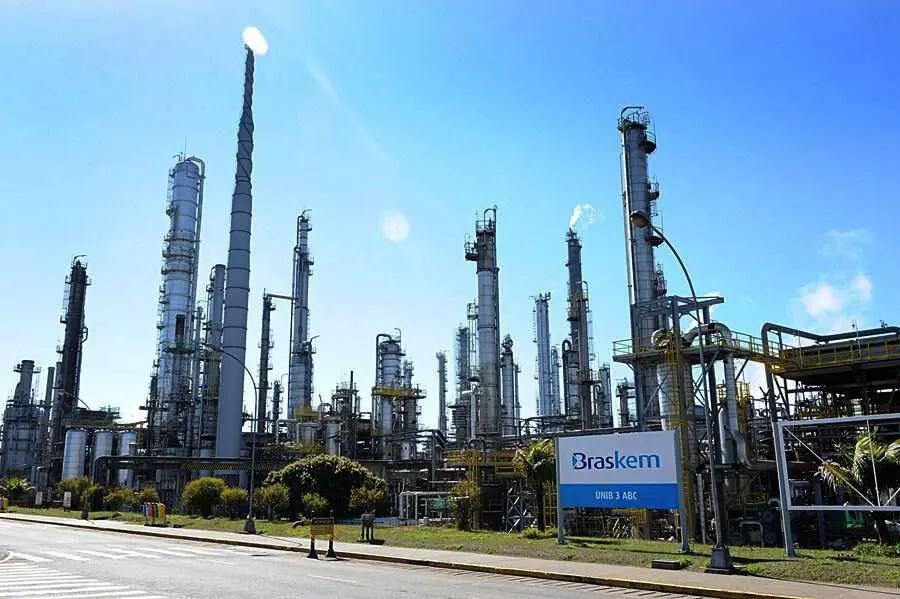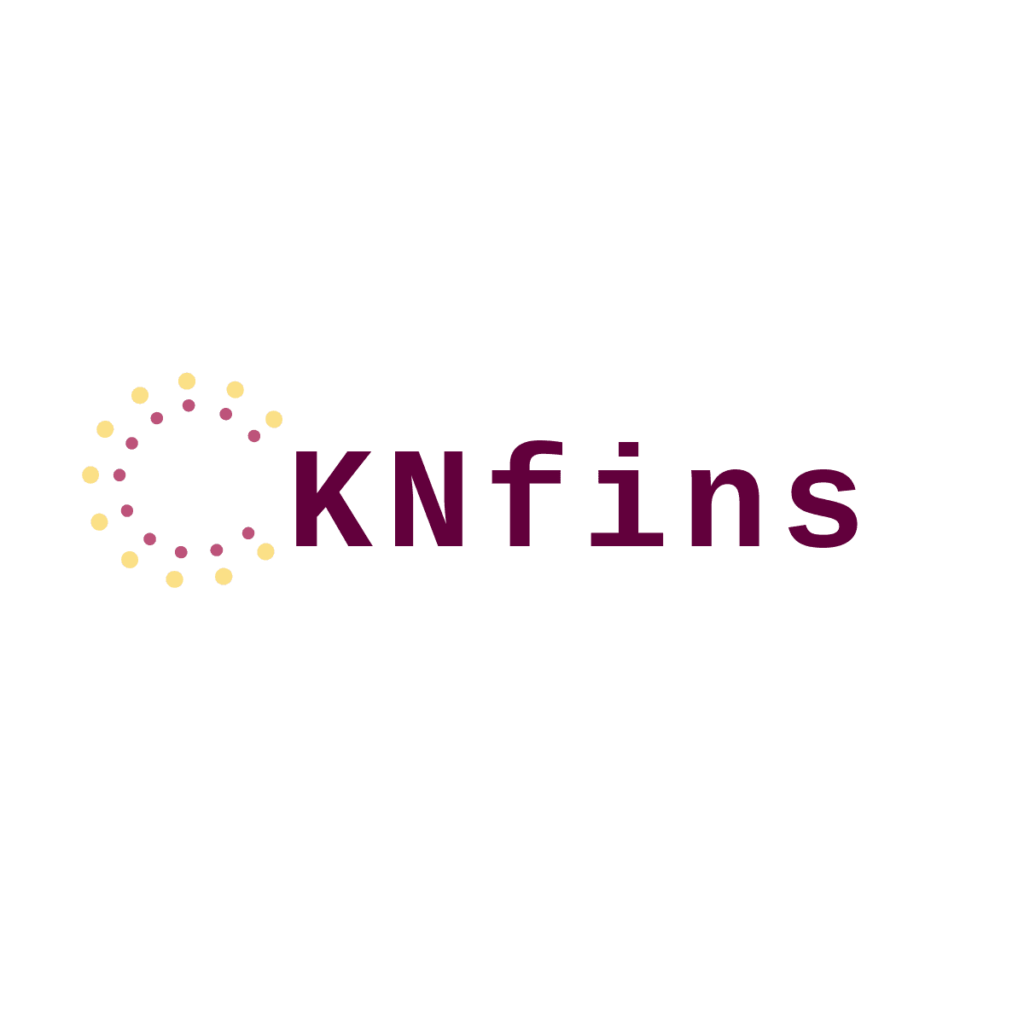With a robust investment of approximately $20 million, the facility will be the heart of the company’s initiatives for the development of green chemicals, reinforcing Braskem’s commitment to responsible environmental practices.
The primary goal of the center is to create new processes and materials from plant-based biomass, such as sugarcane and corn. These renewable raw materials will be used to replace conventional petrochemical compounds, such as petroleum derivatives, promoting the production of sustainable plastics. This focus strengthens Braskem’s global strategy of investing in the circular economy and solutions that reduce the carbon footprint, while meeting the growing demand for greener alternatives in the market.

The research center will work in synergy with other company laboratories located both in the United States and Brazil, enhancing knowledge exchange and scientific collaboration on an international scale. The choice to establish this new hub on U.S. soil reflects Braskem’s desire to be close to strategic markets, as well as to take advantage of the country’s innovative environment, where biotechnology has advanced rapidly. This move also positions the company as a global player in the transition to a greener economy, standing out in the competitive chemical sector.
The creation of this center is a milestone that reinforces Braskem’s position at the forefront of sustainable research. It aims not only to develop new products but also to improve processes that can be applied on a large scale, contributing to the transformation of the chemical and plastic industries. The investment in biotechnology, which includes everything from the use of microorganisms for the production of chemical compounds to the engineering of more efficient processes, represents a crucial lever for the future of sustainable materials production chains.
With the advancement of these studies, Braskem will be able to develop solutions that meet both the demand for more sustainable materials and the expectations of increasingly conscious consumers concerned about environmental impact. The inauguration of this center is a symbol of innovation and commitment to the development of technologies that promote a more sustainable future.
Braskem’s new Renewable Innovation Center, located in Lexington, on the outskirts of Boston, marks a significant advancement in biotechnology research focused on sustainability. This cutting-edge unit was conceived with the goal of exploring and developing materials and processes that enable the creation of chemicals and plastics from renewable sources. Among the main raw materials to be studied are sugarcane, corn, cellulose, and vegetable oils, all plant-based and with great potential to replace petroleum derivatives in the production chain.
With an initial team of 35 scientists, mostly Americans, the center is already operating at full speed, and the expectation is that this number will more than double in the next two years, exceeding 70 specialists. This group will be responsible for leading advanced research that seeks to transform plant biomass into innovative chemical solutions, directly contributing to reducing the carbon footprint and advancing the circular economy. The synergy between Braskem’s different research areas will allow the development of more efficient products with less environmental impact.
Braskem’s effort to drive biotechnology and innovation is not recent. Nearly two decades ago, the company developed the first green plastic, produced from sugarcane, at its research center in Triunfo, Rio Grande do Sul. This pioneering achievement made Braskem a prominent name on the global stage, and today it has established itself as the world’s largest producer of biopolymers. The new center in Lexington represents the continuation of this trajectory, reinforcing the company’s leadership in the development of sustainable plastics and chemicals.
In addition to contributing to global environmental goals, research into biopolymers and other renewable materials opens new market opportunities, addressing the growing demand for ecological solutions. The development of these materials not only provides a greener alternative for various sectors but also positions Braskem at the forefront of technological innovation within the petrochemical industry, balancing economic growth with environmental responsibility.
This focus on sustainability, combined with the expansion of the scientific team and new research projects, is a clear reflection of Braskem’s commitment to leading the transition to a more sustainable economy. The Lexington center will be a key piece in the company’s long-term strategy, ensuring that it continues to innovate, offering high-tech solutions while reducing environmental impact.
Despite significant advances in the research and development of renewable plastics, Braskem executives acknowledge that there is still a major challenge to be faced: cost. Currently, polymers produced from renewable sources, such as sugarcane and corn, have a higher production cost than conventional plastics derived from fossil fuels like petroleum. This price difference prevents large-scale adoption of these materials, limiting their use to niche markets or companies committed to more sustainable practices.
However, the petrochemical sector argues that broader public policies could be a game changer for the dissemination of green plastics. An example often cited is Japan, where the use of renewable-source plastics in certain products is mandatory. This type of legislation, according to experts, has the potential to create a favorable environment for cost reduction as demand and production increase, promoting the adoption of more sustainable alternatives on a global scale.
The choice of the Boston region to host Braskem’s new Renewable Innovation Center also reflects a careful strategy. Boston is one of the world’s leading technology hubs, with a robust innovation network that includes around 60 renowned universities, such as Harvard and the Massachusetts Institute of Technology (MIT). Being close to these institutions places Braskem in a strategic position to collaborate with top researchers and access the latest advances in biotechnology and materials science. This proximity facilitates knowledge exchange and partnerships in projects that can accelerate the development of new sustainable solutions.
Braskem America CEO Mark Nikolich highlighted the importance of this new center for the company’s sustainability goals. He mentioned that it took five years for the facility to be inaugurated, and now the unit is ready to play a key role in developing technologies that will help reduce pollutant emissions. “We will work to help our customers in their decarbonization efforts,” Nikolich said, emphasizing that Braskem’s commitment extends beyond creating new materials and also includes supporting partner industries in transitioning to cleaner, more efficient processes.
Antonio Queiroz, Braskem’s global vice president of innovation and technology, explained that the company’s research strategy is divided between two innovation centers located in the United States and development hubs in Brazil. While the American centers, including the newly inaugurated one in Lexington, focus on discovering new processes and materials, the Brazilian hubs, located in Campinas and Triunfo, focus on developing and industrially applying these technologies. This creates an integrated innovation chain, where basic research in the U.S. connects with practical development in Brazil, ensuring that discoveries can be translated into large-scale solutions.
This approach reflects the importance Braskem places on innovation as a driver of sustainable growth. Currently, the company has a robust team of 360 scientists globally, dedicated to finding solutions that align production efficiency with environmental sustainability. Last year, the research and development area received a significant investment of R$ 554 million (about $100 million), an indicator of Braskem’s commitment to technological advancement toward a circular, low-carbon economy.
The results of this investment in innovation are remarkable. Braskem has already registered 530 patents and has approximately 500 new patents in the registration process, covering a wide range of technologies, from biopolymers to advanced solutions for the production of sustainable plastics. These patents are a clear demonstration of the company’s pioneering role in the petrochemical sector and its leadership in developing new materials that could shape the future of the industry.
By integrating research operations in the U.S. with development in Brazil, Braskem not only strengthens its global position in the green plastics market but also demonstrates its long-term vision: investing in science and technology to face environmental challenges innovatively and efficiently.

